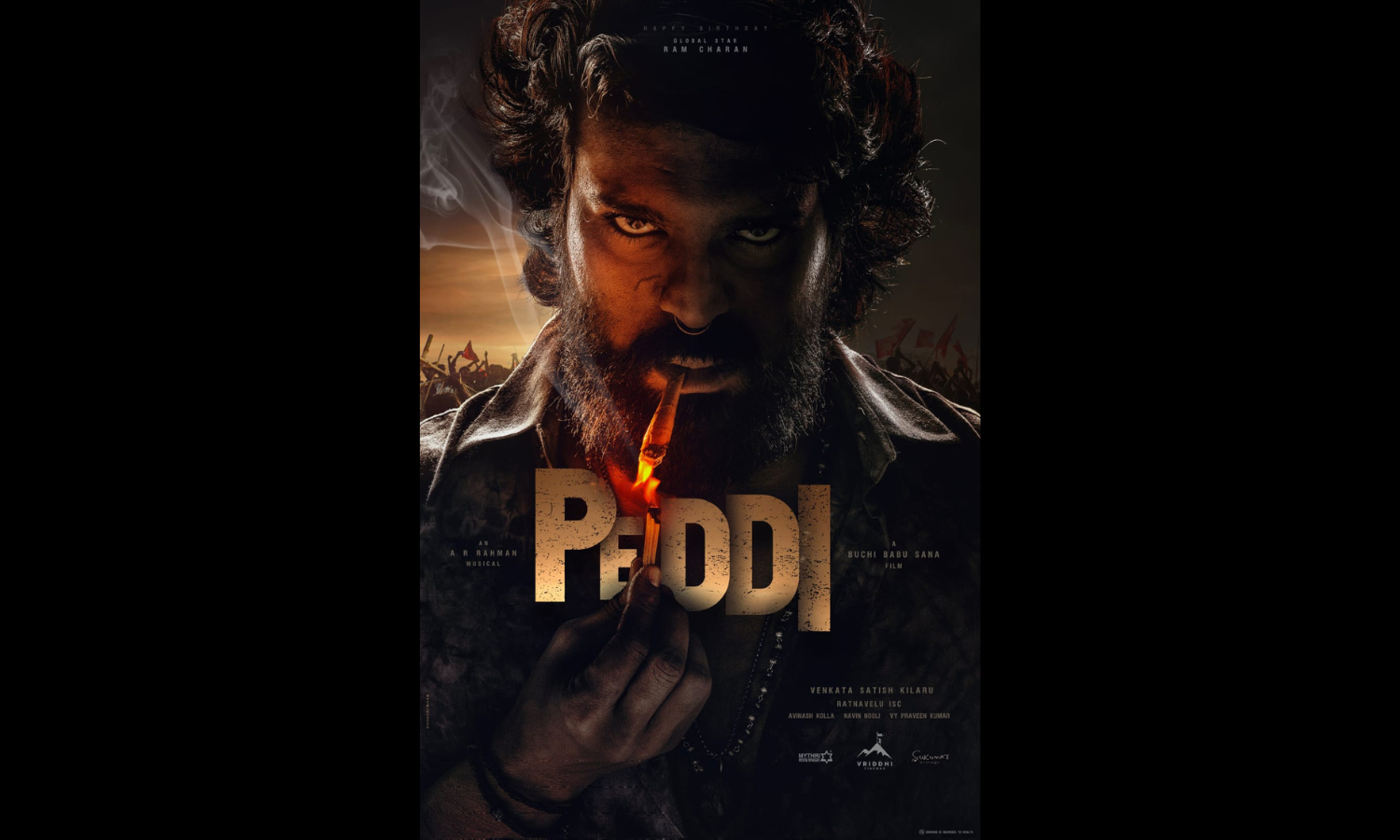Hundreds of weather forecasters and other federal National Oceanic and Atmospheric Administration employees on probationary status were fired Thursday, lawmakers and weather experts said. Federal workers who were not let go said the afternoon layoffs included meteorologists who do crucial local forecasts in National Weather Service offices across the country. Cuts at NOAA appeared to be happening in two rounds, one of 500 and one of 800, said Craig McLean, a former NOAA chief scientist who said he got the information from someone with first-hand knowledge.
That’s about 10% of NOAA’s workforce. 55 of 122 National Weather Service field offices now have vacancy rates over 20%, according to data obtained by AP Staffing shortages are highest in areas recently hit by tornadoes and floods, including Arkansas and Kentucky Experts say the cuts, many stemming from the Trump administration, have created a crisis that threatens public safety WASHINGTON - As deadly tornadoes and flash floods batter the Midwest and South, data obtained by the Associated Press reveals a troubling reality: nearly half of the National Weather Service’s field offices are dangerously understaffed. In dozens of locations, the teams responsible for issuing life-saving alerts are working with vacancy rates of 20% or more—what experts define as crisis-level.

These vacancies are not just numbers—they translate into slower response times, skipped damage assessments, and fewer weather balloon launches that inform national forecasts. And with severe weather season peaking, meteorologists are warning that the consequences of these shortfalls could be deadly. By the numbers: The staffing data, gathered informally by National Weather Service employees and verified by the AP, shows widespread shortfalls: 55 of 122 forecast offices have vacancy rates of 20% or more 8 offices exceed 35% vacancy, including those in Arkansas and Kentucky Rapid City, SD has a 41.
7% vacancy rate; Omaha, NE is at 34.8% 23 offices lack a meteorologist-in-charge; 16 are missing warning coordination leads In Houston, where recent disasters include hurricanes and derechos, a 30% vacancy rate has left the office without either of its top two leadership roles. Other impacted areas include Portland, Albany, and Louisville.
The backstory: Experts point to Trump-era staffing cuts and hiring freezes that gutted the agency’s workforce. Those reductions were part of broader budget-slashing efforts led by Elon Musk’s Department of Government Efficiency. Since 2015, the overall vacancy rate has more than doubled—from 9.
3% to 19% as of March 2025. Parishioners and community members look over damage after a tornado struck the Christ Community Church on April 3, 2025 in Paducah, Kentucky. (Photo by Michael Swensen/Getty Images) Former Weather Service officials say the system is now operating with dangerously thin margins.
Louis Uccellini, who once led the agency, told the AP that many offices are "close to breaking," especially as threats like floods and fires increase across wide regions of the US. Why you should care: When a major storm hits, Weather Service offices must juggle issuing real-time warnings, coordinating with emergency officials, and surveying damage to improve future forecasts. With fewer hands on deck, something often has to give.
In Louisville this week, meteorologists were forced to skip a tornado damage survey to continue issuing alerts as storms rolled in. That delay could hinder future warnings. Experts worry this is just the beginning.
Victor Gensini, an atmospheric sciences professor in Illinois, compared the situation to cracks in aviation safety—where a tired pilot or a missed signal can snowball into disaster. "It’s the cascading of risk," he said. "That’s what we’re seeing here.
" What they're saying: Rep. Eric Sorensen of Illinois, the only meteorologist in Congress, independently reviewed the vacancy data and confirmed the findings with colleagues. His local office near the Quad Cities is 37.
5% understaffed. "These folks are doing heroic work," Sorensen told the Associated Press. "But going forward with these types of cuts, we can’t guarantee that people are going to be as safe as they were.
" Bernadette Woods Placky, a former TV meteorologist now with Climate Central, said the lack of staff puts lives at risk. "This is when severe weather season peaks," she said, warning that wildfires, hurricanes, and extreme heat—America’s deadliest weather threat—are all on the horizon. What's next: The National Weather Service did not respond to AP’s request for comment, and there’s no clear plan to rapidly fill the vacancies.
In the meantime, the agency’s exhausted staff continues to do what they can—patching radar systems, issuing alerts, and trying to stay ahead of a growing number of life-threatening weather events. But with spring storm season in full swing and climate extremes on the rise, experts say the risks are compounding fast. The Source: This article is based on exclusive data obtained by the Associated Press, gathered by more than a dozen National Weather Service employees tracking field office vacancies.
The AP verified the information through public staff listings, interviews with current and former meteorologists, and direct outreach to field offices. Commentary and additional insights were provided by Rep. Eric Sorensen, former National Weather Service chief Louis Uccellini, and meteorologists including Brad Coleman, Bernadette Woods Placky, and Victor Gensini.
This story was reported from Los Angeles..
Environment

Nearly half of National Weather Service offices critically understaffed, report warns

A new AP investigation reveals that nearly half of National Weather Service offices are facing critical staffing shortages, with experts warning the gaps could put lives at risk during severe weather season.















